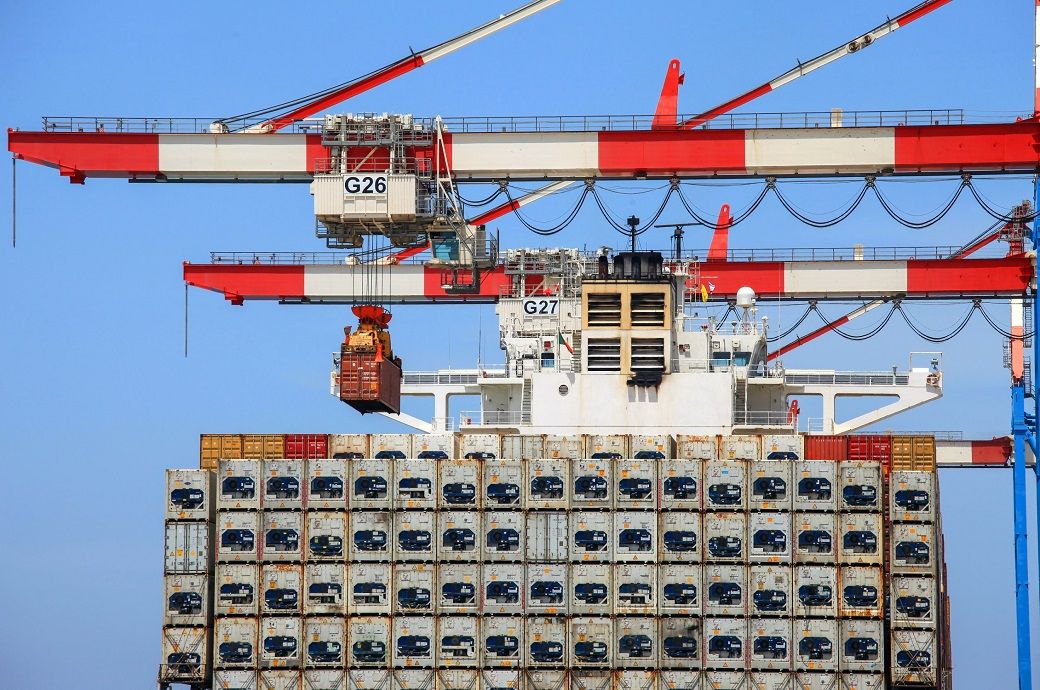
But some stabilisation is already underway on some reefer trades, and this is expected to be followed by modest declines through 2023, as cargo owners push back on unsustainable freight rate increases, as per the ‘Reefer Shipping Annual Review and Forecast 2022/23 Report’.
Drewry’s Global Reefer Container Freight Rate Index, a weighted average of rates across the top 15 reefer intensive trade routes, rose 50.4 per cent year-on-year in the second quarter of 2022 and the third quarter of 2022 reading is expected to climb further, though the pace of growth will slow. However, East-West routes have seen only modest freight rate increases over the last four quarters, as capacity pressure has eased thanks to the softening pork trade from both Europe and North America to Asia.
The exception has been the westbound Transatlantic which saw volume jump as much as 9 per cent in the year to the second quarter of 2022, while average freight rates doubled over the same period, as early opening of the North American economy boosted consumption in the hotel, catering, and entertainment sectors.
Looking ahead, 2023 reefer container freight rates are expected to soften, but to a much lesser extent than dry box pricing, as reefer rates continue to lag that of the wider trade.
Global seaborne reefer traffic recovered by 2 per cent in 2021 from a pandemic ravaged 2020, reaching 137.4 million tonnes, but slowed to 1.1 per cent year-on-year in the first half of 2022. Drewry forecasts that the trade will end the year with an annual gain of just 1 per cent.
“The reefer supply chain is at a precarious moment with extremely high input costs for materials such as fertilisers, packaging, and energy, to name just a few. Freight rates remain unsustainably high and many BCOs, particularly those moving low value products, are shipping less as they are priced out of the market,” said Drewry’s head of reefer shipping research Philip Gray in a press release. “The next round of freight rate negotiations between carriers and cargo owners are expected to take heed of this reality, leading to a modest decline in reefer freight rate levels through 2023.”
Despite the present uncertainty, Drewry expects seaborne reefer trade growth to accelerate over the coming years, to expand at an average annual rate of 3 per cent over the years to 2026. Modal shift will continue to be a key feature with the containerised portion forecast to grow at the faster pace of 3.7 per cent CAGR (compound annual growth rate), as the specialised reefer ship fleet continues to age inexorably with very few units on the orderbook.
“Despite fears of a global slowdown in trade, supply chain disruption is expected to remain a feature well into 2023,” added Gray. “As BCOs have learnt to their cost, the reefer trade is secondary to the much larger and dominant dry freight trade which drives carrier network priorities. This reaffirms the need for cargo owners to take more control of their logistics to ensure timely delivery and optimal product integrity.”
The Reefer Shipping Annual Review and Forecast 2022/23 Report is an annual report that provides in-depth analysis and forecasts of the perishable reefer shipping market, covering key commodity flows, fleet capacity development for the two principle vessel modes, as well as detailed market analysis by individual trade lane including freight rate development.
Fibre2Fashion News Desk (NB)